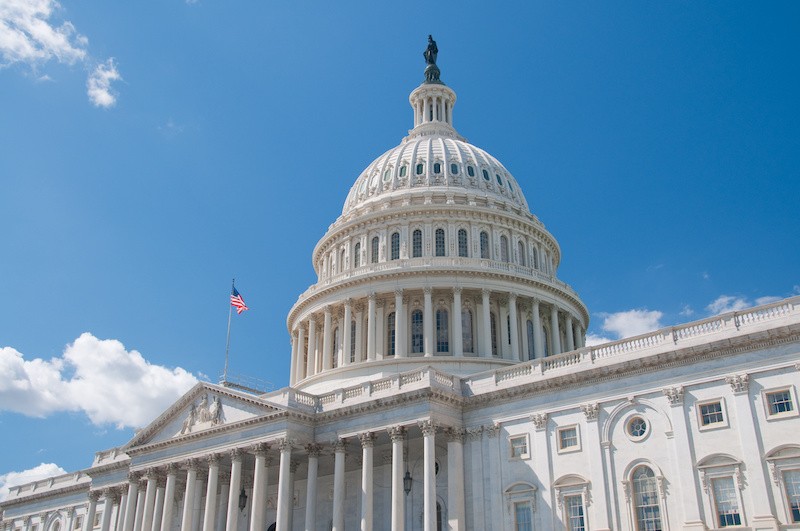In 1944, the United States created a blueprint for economic statecraft, hashed out with other leading countries at Bretton Woods, New Hampshire, that relied heavily on a new class of multilateral institutions to pursue US interests in the world—the multilateral development banks (MDBs), represented initially by the World Bank, the International Monetary Fund, and an envisioned World Trade Organization.
The relative fortunes of these institutions and their agendas have varied over time, but the blueprint itself is now under serious duress in the “America First” strategy of international engagement of the Trump administration. Most visibly, the firm rejection of the Trans-Pacific Partnership and ongoing efforts to revisit the North America Free Trade Agreement have put trade multilateralism directly in the crosshairs of this administration.
Less visible has been a decline in interest in and support for the other elements of the Bretton Woods blueprint. To see it in its starkest form, you have to dig deep into US government budget documents. The US financing relationship with the Bretton Woods institutions is contained in the budget and activities of the International Affairs division of the US Treasury. It was the Treasury that played the leading role in negotiating the details at Bretton Woods (with the likes of John Maynard Keynes, who represented the UK’s interests), and the agency continues to lead engagement with the IMF, the World Bank, and four other MDBs that emerged after Bretton Woods. As a result, Treasury’s “International Affairs” budget provides a useful measure of the scale and breadth of US engagement with these multilateral institutions.
As the figure indicates, this administration has taken an unprecedented turn away from the Bretton Woods institutions, at least in the years since consistent budget data has been available. Adjusted for inflation, the first two budgets of the Trump administration are the lowest, by far, of any of the past 30 years. Similarly, the Treasury Department under the Trump administration is supporting fewer multilateral institutions and programs than any previous administration of the past 30 years.
Among the programs abandoned during the past year: innovative and highly-rated agricultural development programs in the form of the International Fund for Agricultural Development (IFAD) and Global Agriculture and Food Security Program, as well as support for the climate finance agenda. Though the latter might not be a surprise for this administration, it nonetheless marks a striking diminishment of US engagement and influence over a leading pillar of multilateral cooperation today. Increasingly, rejecting multilateral cooperation on the climate agenda is tantamount to rejecting multilateral cooperation in general.
The precipitous fall in the US Treasury's multilateral engagement is all the more remarkable in contrast to the experience of the Obama administration, when multilateral financing, in scale and breadth, reached its highest levels of the past 30 years.
Skeptics of global cooperation no doubt see the current trajectory as a welcome course correction from the Obama years. But they would do well to appreciate the costs of going it alone. This can be measured by the financing leverage that we are giving up when we cut multilateral funding, such as with IFAD, where every dollar contributed by the United States delivers nearly 80 dollars of assistance to developing countries. Harder to quantify are the potentially wide-ranging effects of not having the United States at the table to help shape multilateral strategies, standards, and priorities on issues that implicate a wide range of US economic, security, and foreign policy interests.
The irony of all of this is that an approach to multilateral cooperation that the United States itself designed nearly 75 years ago is enjoying remarkable popularity in the rest of the world today, and particularly among rising economic powers. China has garnered attention for adopting this multilateral playbook in the creation of the Asian Infrastructure Investment Bank and even in its overtures to other countries through the Belt and Road Initiative, which proposes to pursue infrastructure development across Eurasia on a massive scale by attracting and leveraging financing from a wide array of sources inside and outside of China. It is to our detriment in the United States that that kind of vision, once on display at Bretton Woods, is now missing in Washington.
CGD blog posts reflect the views of the authors, drawing on prior research and experience in their areas of expertise.
CGD is a nonpartisan, independent organization and does not take institutional positions.





